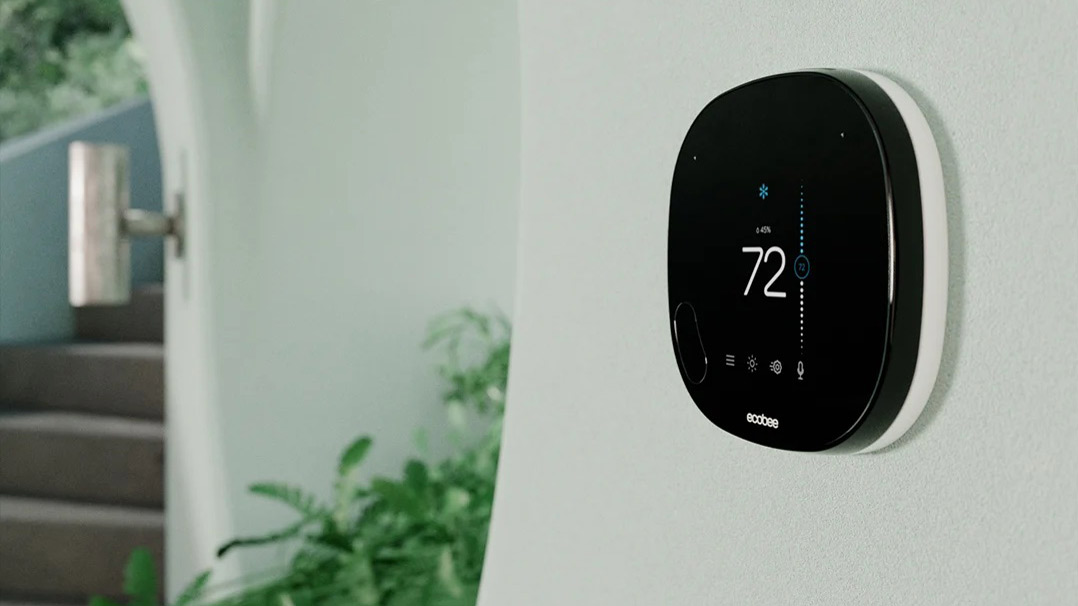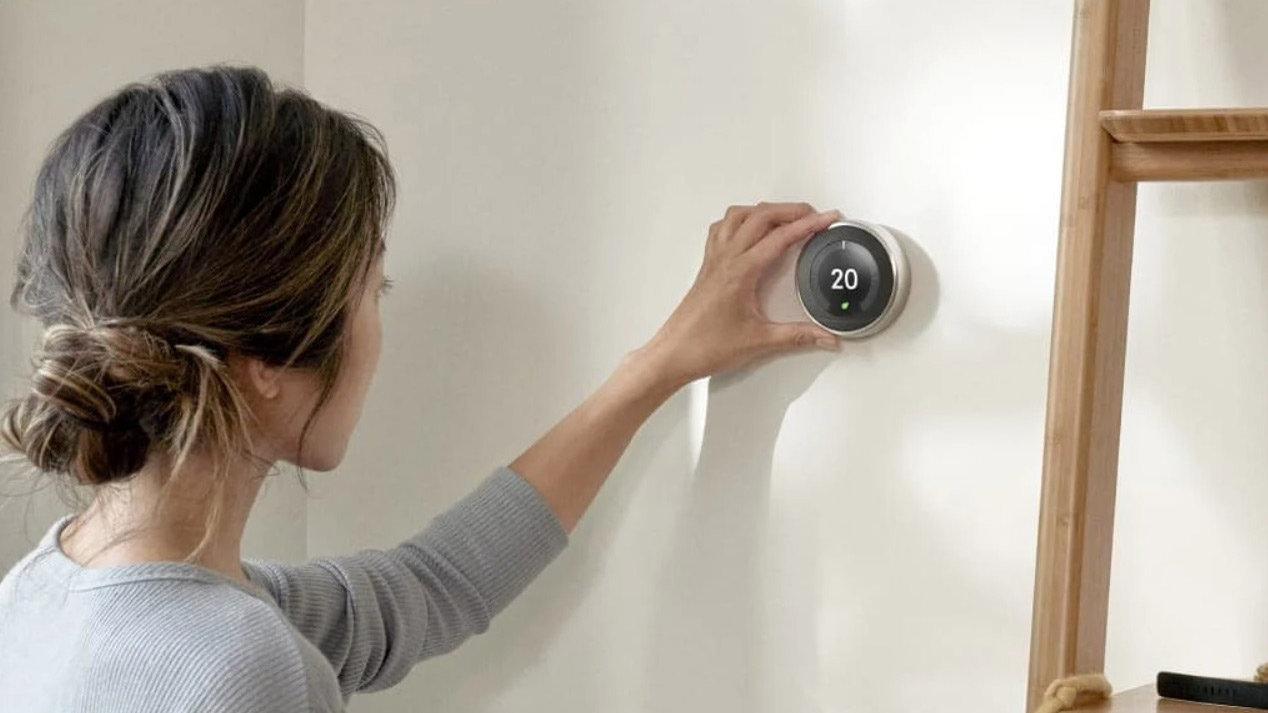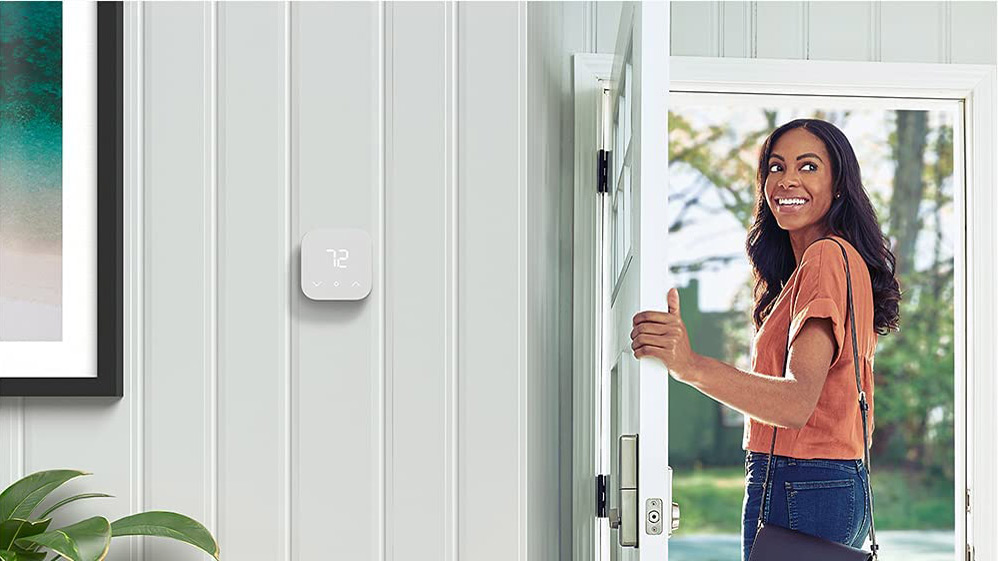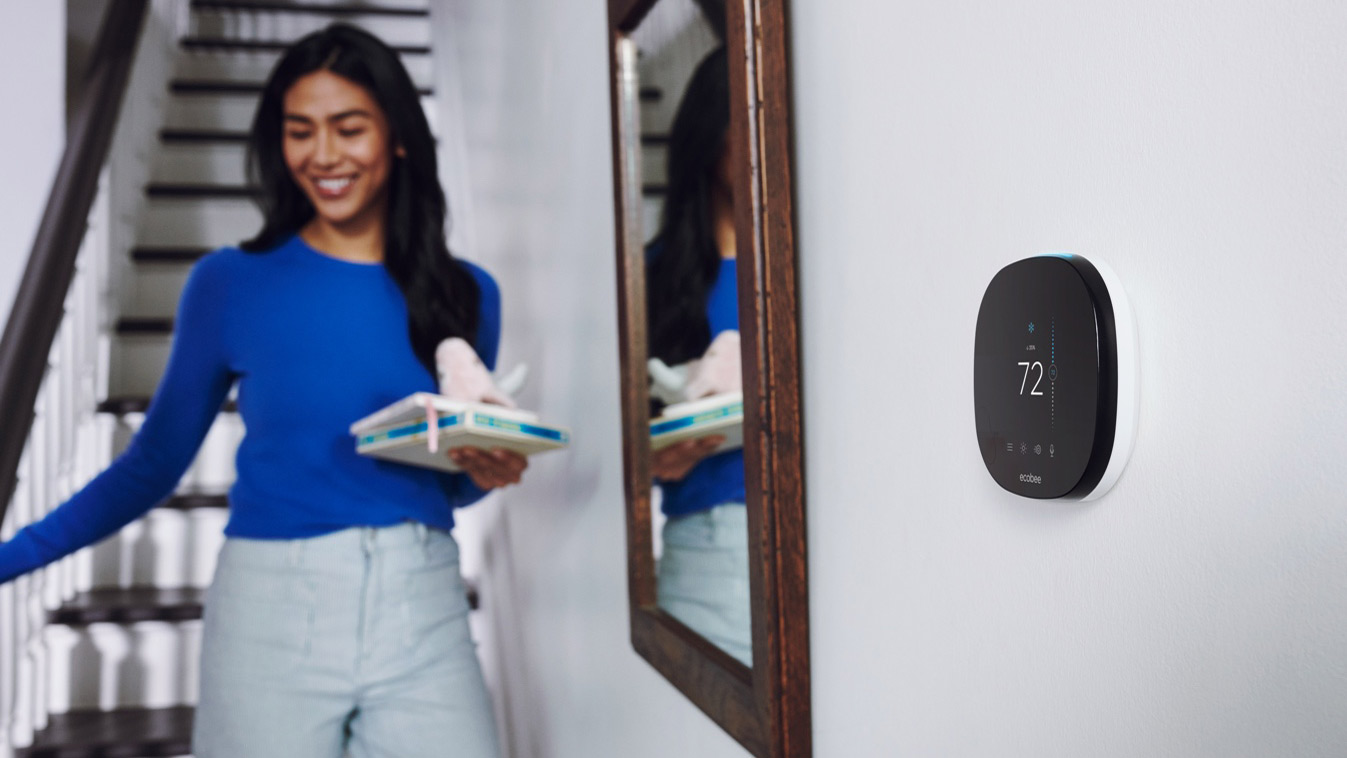Do smart thermostats save money?
Whilst keeping your home the perfect temperature

We’re all getting to grips with the rising price of energy and searching for ways to cut costs when it comes to heating our homes. While there are many low-tech things we can do (time to invest in those fluffy slippers you’ve had your eye on!), there are also a few ways that smart home technology can assist in saving those pennies. For example, you may have heard about how smart thermostats can cut down on costs, but how much of this is actually true?
If you’re unfamiliar, the best smart thermostats help to control the temperature in your home without requiring direct action from you. In other words, you can set schedules and routines or simply adjust the heating via an app from wherever you happen to be. For example, if you are on your way home from work and want the house warmed up before arriving, you can load the app on your smartphone and set it accordingly.
You can also connect them to other smart devices in your home and use voice control for models such as the Ecobee SmartThermostat, and automation ensures you’re not wasting energy by leaving the heating on while no one’s home. You can even set different rooms to different temperatures using extra devices such as smart radiator valves, so every part of the house will be exactly how you want it.
Below we have outlined a few of the critical factors that dictate how much, if anything at all, installing a smart thermostat in your home can save you, from your country’s climate to the personal preferences of you and your family.

How often do you put the heating on?
It’s an unfortunate fact that even the finest smart thermostats aren’t magic wands, and if you’re the type of household that likes to be toasty warm even when it’s snowing outside, it’s unlikely that making your heating smarter is going to save you much money. The fact is that smart thermostats only really help you cut back on wasted energy spent on things like heating homes that are empty or going full blast overnight when everyone’s tucked up in bed.
Do you already have programmable heating controls?
Smart thermostats are all the rage, and for good reason, but you may already have everything you need to start cutting back on energy costs. The ability to control your home’s heating and cooling functions isn’t a brand new thing and, if your primary goal is to save money, then it may be worth sticking with what you have.
These old-fashioned thermostat controls tend to come in the form of a dial that allows you to choose a time for your heating to whir into life, and for how long. It takes a lot more work and organisation than using a smart thermostat, however, as you have to remember to set the dial and physically go to the controls when needed, rather than just using an app.
Get daily insight, inspiration and deals in your inbox
Sign up for breaking news, reviews, opinion, top tech deals, and more.

Do you have a variable schedule?
Smart thermostats are excellent for those with unpredictable schedules, as features like geofencing (when your heating system can tell whether you’re home or away) and the ability to adjust temperature settings from absolutely anywhere mean that you’re never in danger of wasting precious energy on heating or cooling an empty home.
Going to be late home from the office or decided to stay at your partner’s place that night? Just log in and make sure everything’s switched off. Similarly, if you’re heading home sooner than expected, you won’t have to go back to a cold/hot house.
How energy-efficient is your home already?
If your home isn’t good at keeping the warmth in during winter, then your ability to save cash on heating it is unfortunately going to be limited. If you have more substantial issues than how your heating is controlled, consider addressing them to get the most benefit. You could also explore switching suppliers if you can get a better deal elsewhere.
Also think about which rooms would benefit most from extras like zoned heating and cooling, which many smart thermostats offer (if you’re willing to purchase extra radiator valves etc.). Perhaps your bedroom has single glazing, while your living room doesn’t take much to heat in the evenings?

Consider the upfront cost
While this article is primarily concerned with the long-term financial consequences of investing in a smart thermostat, it’s also true that there can be a significant upfront cost. Big brands such as Hive and Nest can set you back between $100/£100-$250/£250, but there are more budget-friendly options out there as well.
If you’re interested in Nest’s cheaper offering, read our article on ‘Should I buy the Google Nest Thermostat’.
You should also think about the additional cost of things like zoning valves and additional thermostats, which can save you more on your energy but also boost the initial cost of the smart heating system. And then there are subscription fees, which are required for some advanced features in the apps.
What do the top companies promise?
Tado - Tado goes a step further than some by guaranteeing your money back if you don’t manage to save money with its smart thermostat. The website claims you can reduce your energy consumption by up to 31%.
Hive (UK) - Claims you will save up to £110 a year, or £230 a year with Hive Heating Plus.
Nest - Calling its thermostat ‘The Planet Protector’, Google claims its customers in the UK saved between 8.4% and 16.5% on their bills.
Drayton Wiser (UK) - the biggest promise of the lot, Drayton promises a saving of up to £450 or 30% on energy bills with its smart controls.
Ecobee - as of April 2021, Ecobee claims that customers in North America saved up to 26% on their heating a cooling costs. You can see how EcoBee measured up against Amazon’s offering in our guide to the Amazon Smart Thermostat vs EcoBee SmartThermostat.

Verdict: do smart thermostats save money?
Yes - smart thermostats definitely have the ability to save you cash if you use them to their full potential. But it might not be the solution many hope, with upfront costs, subscription fees and potential disparity between what is promised and the reality all factoring in. That said, consider carefully whether your home and lifestyle would benefit from a more automated heating and cooling system, and you could certainly feel the benefit by the end of the year.

Caroline is a freelance contributor for TechRadar, working primarily across the smart home and appliances channels. Currently the smart home editor for Livingetc and other homes titles, she has a decade of experience in technology journalism and loves nothing more than using whatever knowledge she has gained to help herself and others make better decisions about what devices to bring into their home.